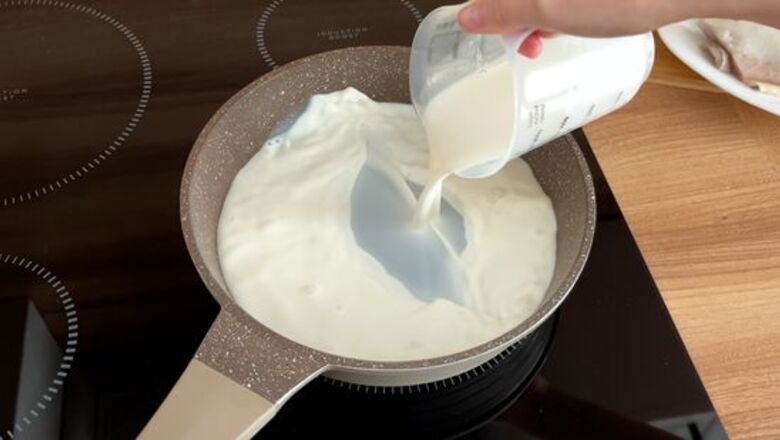
views
Prep time: 5-10 minutes
Cook time: 10 minutes
Total time: 15-20 minutes
Poaching Smoked Haddock

Fill a pan with some milk. The size of the pan and the amount of milk will depend upon the quantity of fish you wish to cook at one time. The pan should be large enough to accommodate all of the fillets with some room for your spatula, and there should be enough milk to just cover the filets. Alternatively, half heavy cream and half water may be used. Do not use water alone, as it will pull the flavor out of the fish.
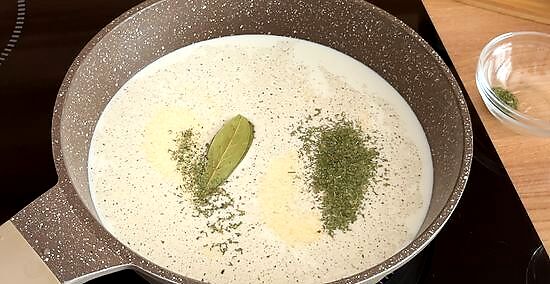
Season with some pepper. Grind fresh black pepper directly into the milk to give the haddock a little extra flavor boost. This is a good time to add other spices if desired. Other spices may include bay leaf, onion, garlic, parsley, or even dill.
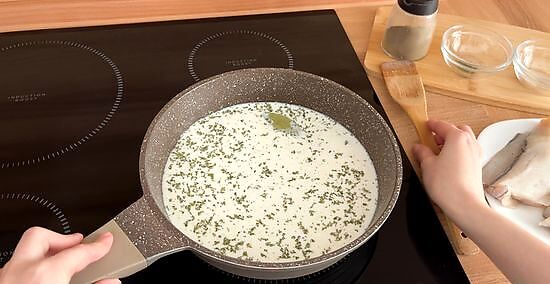
Heat the milk. Do not boil the milk, but heat it to just before boiling. If the milk begins to boil over, remove it from the heat immediately until it settles. Once the milk has heated, reduce the heat to prevent boiling.
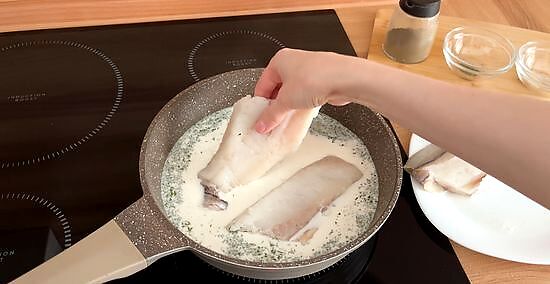
Add the haddock. Place the fish in the nearly-boiling milk, arranging the fish filets around the pan and ensuring that they are covered in milk.
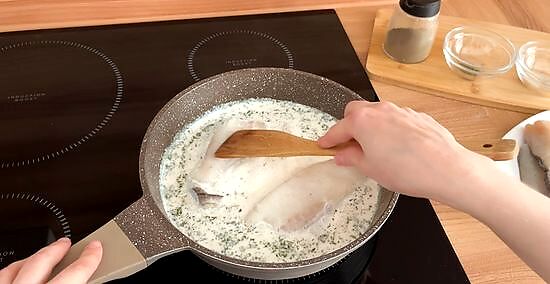
Cook the haddock. Allow the fish to simmer in the milk for about 10 minutes on medium heat. Alternatively, very small fillets of fish may be cooked in milk that has been removed from the heat. To do this, remove the pan from the heat and cover it after the fish have been placed inside.

Check the haddock. When the fish are done, they will have become completely opaque, and the meat should flake apart easily. If the fish looks translucent or pieces do not come free with a gentle tug, cook the fish a bit longer. Be sure to check the widest part of the largest fillet to ensure the fish is cooked. The tapered ends of smaller fillets will be done more quickly than others.
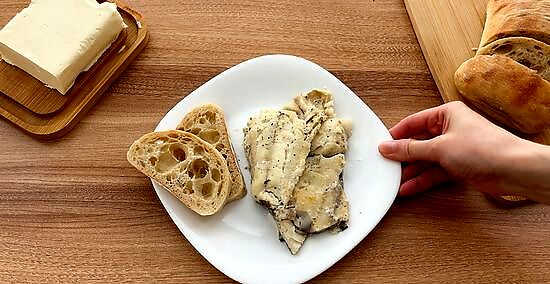
Serve the haddock while still hot. Poached smoked haddock, typically a British dish, is traditionally served with fresh baked bread and butter. The milk is strained off to use as a sauce, and the bread is used to mop up excess sauce off of your plate. The haddock can also be flaked and used in other recipes such as fish pie or Kedgeree.
Baking Smoked Haddock
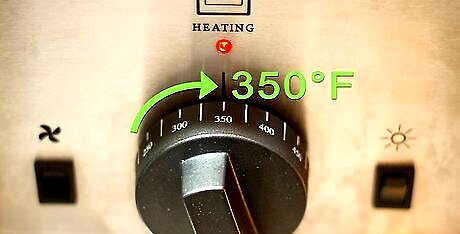
Preheat the oven. Bring your oven up to 350F/180C.

Place the haddock on some foil or parchment. You can use one large sheet for all of the fillets or you may decide to use separate pieces of foil or parchment for each of the fillets. Either way, the foil or parchment should be about twice the size of the filet(s) it will be covering.

Season the haddock. Place a small pad of butter on top of each fish, then top with desired spices. Spices may include pepper, lemon juice, parsley, bay leaf, dill, or chili powder. Most smoked haddock is salty, so salt is usually not suggested.
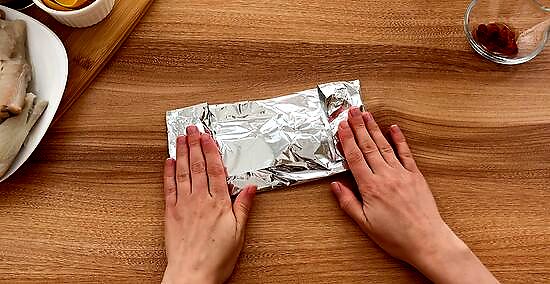
Fold the foil or parchment over the fish. After folding the covering over the fish, roll the edges together to encase the haddock. The fish should be sealed inside the packet. If desired, you could place vegetables inside the packet for additional flavor, but be aware that many hard vegetables take longer to bake than the fish will, so they may not be suitable for eating unless cooked fully prior to adding them into the fish packet.
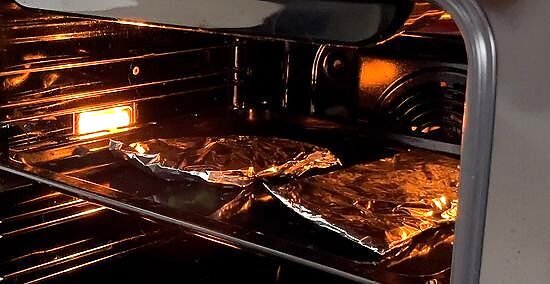
Place the fish in the oven. Foil may be placed directly on the oven racks, or you may put the foil on top of a baking sheet and place the baking sheet in the oven. Parchment is usually less sturdy and may need to be placed on top of a baking sheet prior to placing it in the oven. If you have made one large packet of all of the fish fillets, you may want to place the packet on a baking sheet to make it easier to handle without dropping.

Bake the fish until it is done. Leave the fish parcels in the oven for about 15-20 minutes, or until the fish is done. When the fish is cooked through, it will have become completely opaque, and the meat should flake apart easily. If the fish looks translucent or pieces do not come free with a gentle tug, cook the fish a bit longer. Be sure to check the widest part of the largest fillet to ensure it has been cooked properly. The tapered ends of smaller fillets will be done more quickly than others.
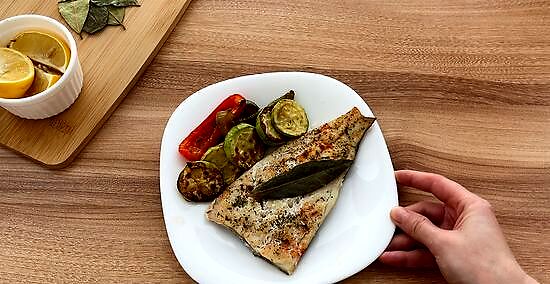
Serve the haddock with sides. Serve your fish with at least 2 vegetables or one vegetable and one starch to create a balanced, healthy meal. For a distinctly British twist, serve with several slices of black pudding.
Pan-Frying Smoked Haddock
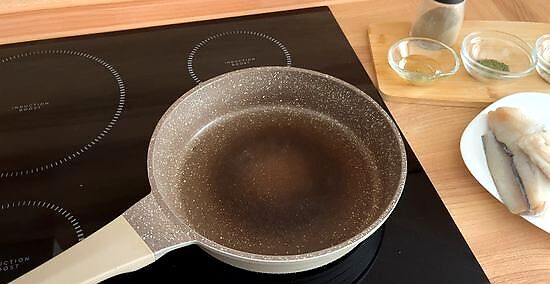
Heat a frying pan. Bring a wide frying pan to temperature over a medium-high flame, then reduce to medium heat to avoid burning.
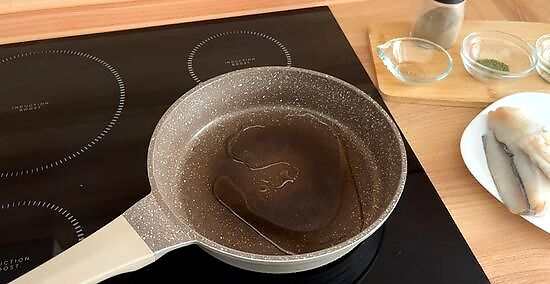
Add some oil to the pan. Any oil (or butter) that you have on hand is acceptable, but olive oil is one of the best choices for cooking fish. No need to measure; just drizzle a bit across the pan and allow it to heat up.
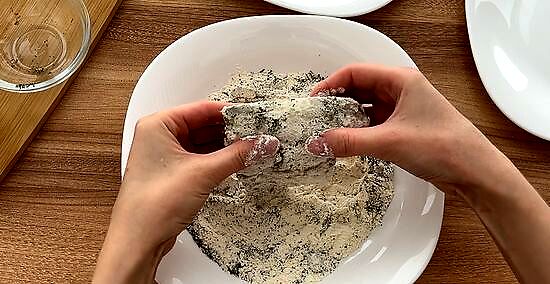
Prepare the haddock. While the pan is heating, prepare the fish for frying. There are two approaches to preparing the fish: it can be marinated in oil or it can be dredged in flour. Either approach includes adding herbs such as pepper, lemon juice, parsley, bay leaf, dill, or curry powder as well. Marinate the fish in oil by drizzling olive oil on both sides of the fish, then sprinkling herbs on top. Rub both sides of the fish slightly to cover completely in the oil an herb mixture, and allow to rest for several minutes to set the flavors. Dredge the fish in flour and herb mixture, then shake any excess flour off of the fish.
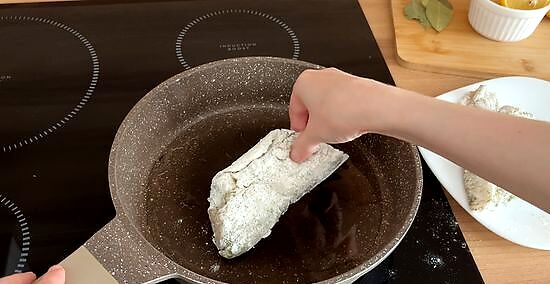
Place the haddock in the pan. If the fish has skin on one side, begin by cooking with the skin side down. Allow the fish to cook for about 8 minutes, until it begins to crisp and brown. Be careful not to burn the fish. Cooking on medium heat, rather than medium-high heat, will help you avoid burning.
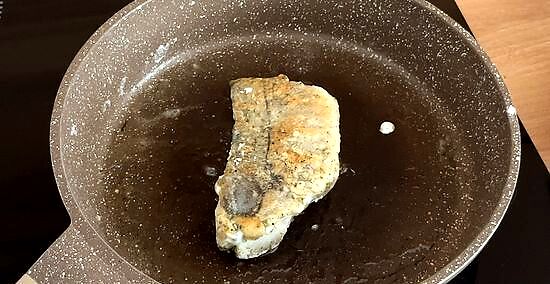
Flip the haddock. Allow the other side of the fish to cook for several minutes, until it begins to crisp and brown. If the pan seems especially dry, you may want to add additional butter or oil when you flip the haddock over. The fish will likely not have to cook as long on the top (skinless) side, so keep an eye on it.

Check the haddock. When the fish are done, they will have become completely opaque, and the meat should flake apart easily. If the fish looks translucent or pieces do not come free with a gentle tug, cook the fish a bit longer. Be sure to check the widest part of the largest fillet to ensure it has cooked properly. The tapered ends of smaller fillets will be done quicker than others.
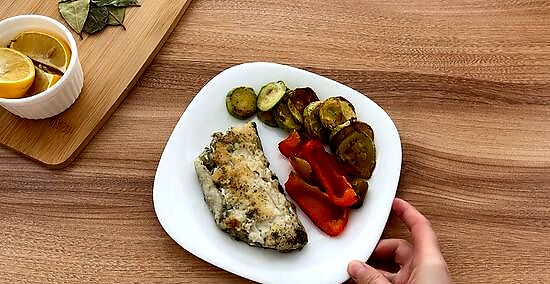
Serve the haddock hot. Be sure to serve the fish immediately, before it cools off. You may want to drizzle with some lemon juice, or top with a quick lemon-caper sauce. Serve with at least 2 vegetables or one vegetable and one starch to create a balanced, healthy meal.
Making Smoked Haddock in Mustard Sauce
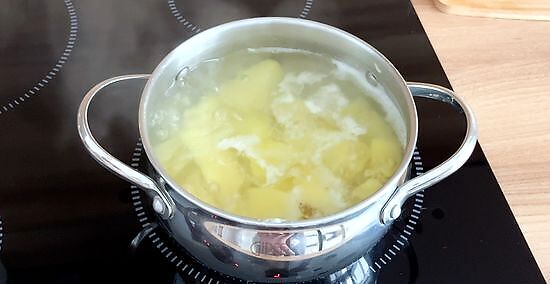
Prepare some potatoes. Cut red potatoes (or other potatoes of your choosing) into medium-sized chunks, then steam, boil, or roast them until they are soft. Divide the potatoes onto several plates. Small fingerling or heirloom potatoes may not need to be cut.
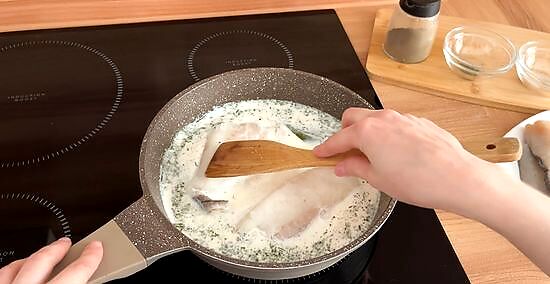
Poach the smoked haddock. See “Poaching Smoked Haddock” above for details. After the haddock has cooked, remove the haddock from the milk and place a haddock filet on top of each plate of cooked potatoes.
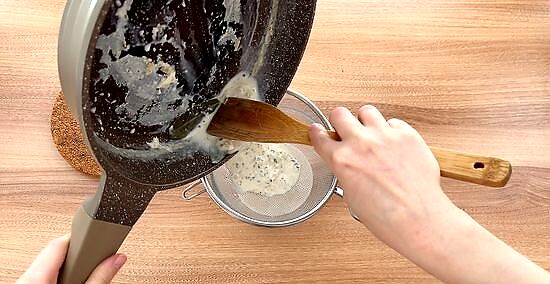
Drain the poaching milk from the pan. Keep the milk, but strain it to remove any chunks of seasoning or fish.
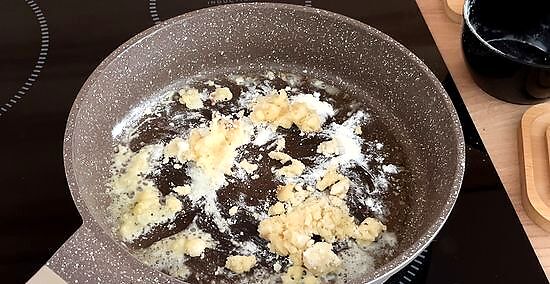
Melt two pads of butter. In the same pan that the fish cooked in, melt some butter over medium-high heat. Then add a bit of flour (roughly the same amount of flour and butter), and stir together well, allowing the butter and flour to cook for 2-4 minutes.
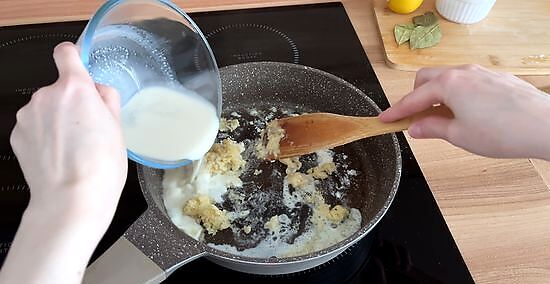
Pour the milk into the mixture. Slowly pour the strained poaching milk into the flour and butter mixture, stirring well as you pour. Continue adding milk until the sauce is the desired thickness. You can adjust the thickness of the sauce by adding additional milk to thin or adding flour to thicken the sauce. Be aware that the sauce should thicken slightly as it cools as well.

Add the mustard. Stir about 1 tbsp of mustard into the sauce, stirring well to combine. Other spices, such as fresh tarragon, may be added at this time as well.
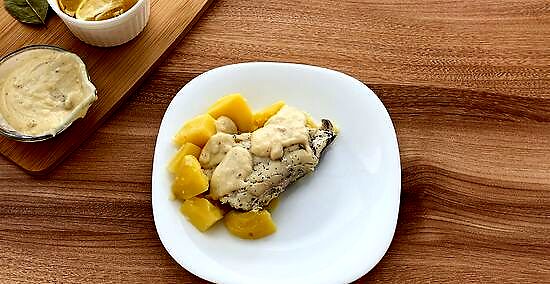
Pour the sauce over the haddock and potatoes. The sauce should be piping hot and will re-warm the potatoes and haddock. After pouring the sauce over the fish, the meal is complete, and should be served immediately. If you are concerned about the fish and the potatoes being cold, you could add them to the pan and toss them in the sauce over the heat, but be careful not to damage the fish fillets (they will taste great, but may not look as pretty if they are broken up while tossing in the sauce). You can top with a bit of parsley for a nice presentation.
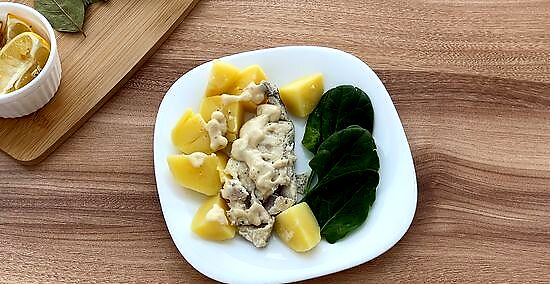
Consider some modifications. You may also want to add other vegetables to this method. You can place a bed of spinach between the potatoes and the haddock, or you can serve the haddock on a bed of peas in lieu of potatoes. It is also common to place a poached egg on top of each haddock filet before pouring the sauce over the meal.













Comments
0 comment